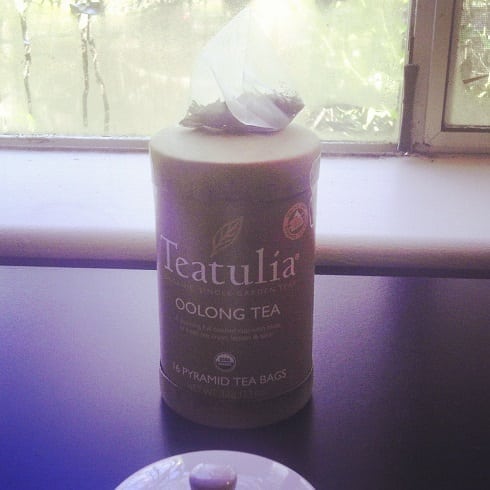In more informed tea circles, it is common knowledge that teabags are crap. Those little bags of ass-flavored tea usually contain the dust left over after the good, loose leaf tea was packaged. The taste of an average black tea from a bag is rough and bitter, like licking a chalkboard. (Yes, I’ve tried that.) But what about sachets?
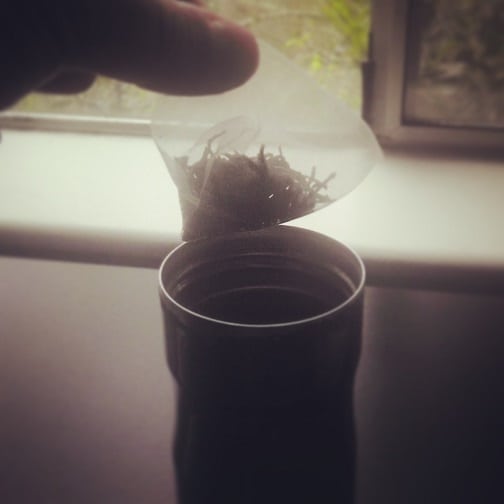
Even the word sounds snobbish. The definition isn’t any better: “A perfumed bag used to scent clothes”. However, sachets (sans perfuming or clothing) have been adopted by many tea producers and vendors to package whole leaf tea in a convenient way for undiscerning consumers. Let’s face it. Not all of those that are curious about loose leaf tea want to go through the trouble of using a strainer.
The issue for most orthodox tea drinkers isn’t the idea of a filter bag, but rather the material – and the fact that said sachet may prevent whole tea leaves from properly . . . uh . . . breathing. (Their language, not mine.) Many loose leaf tea drinkers believe that confining the leaves to a foreign material while brewing affects the flavor.
I, honestly, never had an opinion one way or the other. Granted, I preferred brewing tea loose leaf – even so far as to just put leaves in a mug, no strainer. However, there were plenty of teas out there that were duly sacheted I liked. One of my favorite outfits, Smith Teamaker offered consumers the option of loose leaf or sachet, and I flip-flopped between the two.
But it was high-time I finally saw for myself if there was really a difference between the methods. Did sachets negatively influence the experience? I needed a good example to go on. Luckily, I received an oolong from an organic tea garden in Bangladesh, and it happened to come in biodegradable sachets. Perfect for just such a side-by-side comparison.
Teatulia was started in the early 2000s in Northern Bangladesh. It was the first – and so far, only – organic tea garden in the country. They were also among the first farm-direct outfits on the scene. I had the pleasure of trying some of their wares several years ago. Of particularly noteworthiness was their white tea. However, I had no idea they had an oolong among their wares. When they contacted me recently, that was the tea I selected to drench myself in. Er . . . for science.
I brewed a bag once for a work shift, but didn’t pay much attention to it. On a second go-around, I wanted to brew it loose.
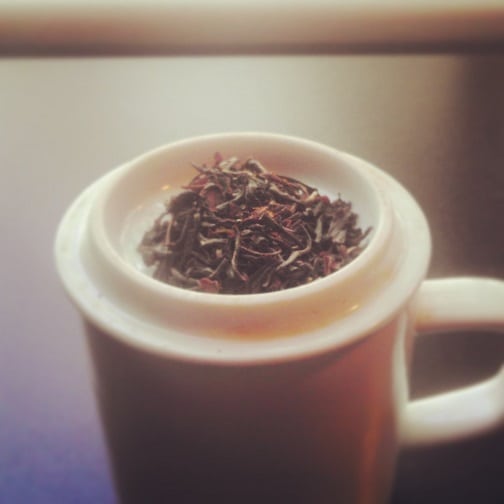
I’m glad I did because it gave me ample opportunity to see the leaves up close. They looked similar to Teatulia’s black tea. Many of them were lighter in color – tippier, even – betraying their semi-oxidized process. The aroma also possessed a fruitier lean. Some chocolate also showed up in traces on a whiff.
Teatulia recommended putting one sachet in an 8oz. cup of boiled water for two-to-three minutes. I went about two-and-a-half to be on the safe side. For once, I wasn’t feeling totally rambunctious with my brewing.
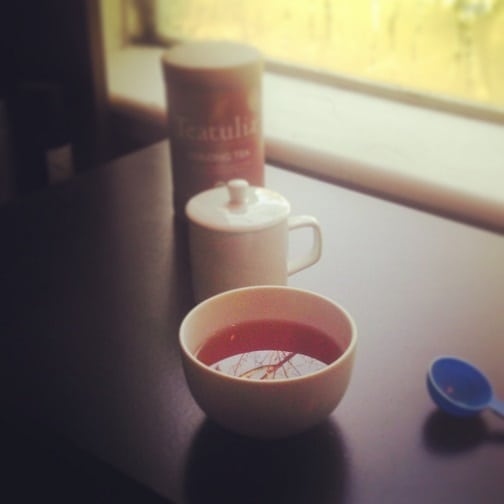
The result was a bold, copper-brewed liquor with an aroma of malt and nuts. The taste initially began with a bitter prologue, but that smoothed out to something floral, sweet and burly! Like getting a hug from a honey-dipped flower on steroids. The finish was all sorts o’ nuanced. I couldn’t pick up on anything specific, other than a gurgle of delight. It reminded me of some of the oolongs from Nepal I’d come in contact with.
But now I had to do some serious business.

Which method was better? Loose leaf . . . or sachet? Would there be a noticeable flavor difference between the two? Did the leaves really need to breeeeaaaaathe?
Short answer: No.
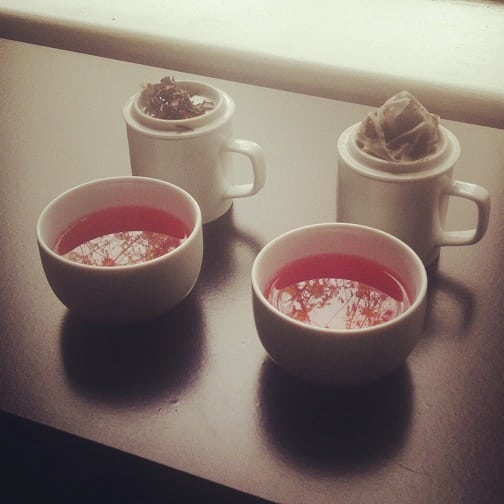
Was there a flavor difference? Not a damn one.
Granted, there might not have been a difference because both the leaves had originally been sacheted. Results may have differed if I had acquired some straight-up, loose leaf oolong to properly compare. That and the cut of the leaves was fairly small, thus allowing for ideal brewing by either method. A tea brewed from larger, whole leaves in a sachet might produce different results. But as I see it, there was no glaring detraction from the sachet. No trace of “silk” on the palate.
My subjective, semi-informed verdict: A teabag is bad, but a sachet is okay.
